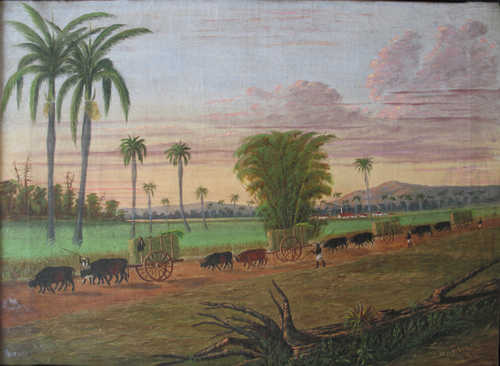Category: Economics
Item 18450
Jacob Miller, Houlton, ca. 1880
Contributed by: Aroostook County Historical and Art Museum Date: circa 1880 Location: Houlton; Gagetown Media: Photographic print
Item 34172
Wire Mill, Hallowell, ca. 1880
Contributed by: Hubbard Free Library Date: circa 1880 Location: Hallowell Media: Photographic print
Item 151771
Seboomook Farm, Seboomook, 1923
Contributed by: Maine Historical Society Date: 1923 Location: Seboomook Client: Great Northern Paper Company Architect: Great Northern Paper Company
Item 150271
Thomas U. Coe estate store & office building, Bangor, 1928
Contributed by: Maine Historical Society Date: 1928 Location: Bangor; Bangor Client: Thomas U. Coe Architect: Eaton W. Tarbell
Exhibit
Yarmouth's "Third Falls" provided the perfect location for papermaking -- and, soon, for producing soda pulp for making paper. At the end of the 19th century and beginning of the 20th, Yarmouth was an international leader in soda pulp production.
Exhibit
The paper mill on the Penobscot River in South Brewer, which became known as Eastern Fine Paper Co., began as a sawmill in 1884 and grew over the years as an important part of the economy of the region and a large presence in the landscape. Its closing in 2005 affected more than the men and women who lost their jobs.
Site Page
View collections, facts, and contact information for this Contributing Partner.
Site Page
Presque Isle: The Star City - John R Braden
"John R Braden Presque Isle Historical Society If one were to look up when standing in front of the ticket booth at the Braden Theatre on Main…"
Story
Growing up on a potato and dairy farm
by Paula Woodworth
Life growing up and working on a potato and dairy farm was hard work but fun in Aroostook County.
Story
Maine and the Atlantic World Slave Economy
by Seth Goldstein
How Maine's historic industries are tied to slavery
Lesson Plan
Primary Sources: The Maine Shipyard
Grade Level: 9-12
Content Area: Social Studies
This lesson plan will give students a close-up look at historical operations behind Maine's famed shipbuilding and shipping industries. Students will examine primary sources including letters, bills of lading, images, and objects, and draw informed hypotheses about the evolution of the seafaring industry and its impact on Maine’s communities over time.
Lesson Plan
Grade Level: 6-8, 9-12, Postsecondary
Content Area: Science & Engineering, Social Studies
This lesson presents an overview of the history of the fur trade in Maine with a focus on the 17th and 18th centuries, on how fashion influenced that trade, and how that trade impacted Indigenous peoples and the environment.



















